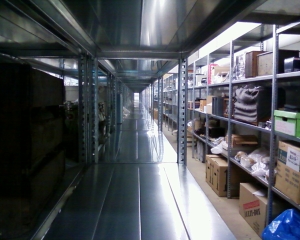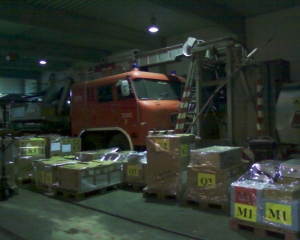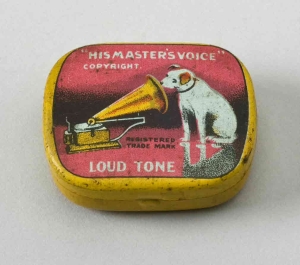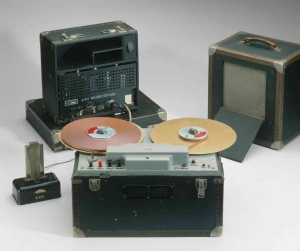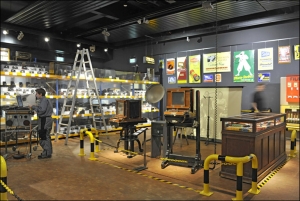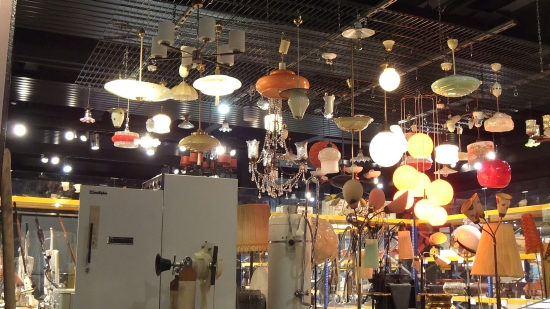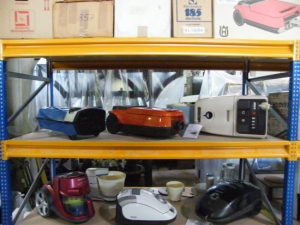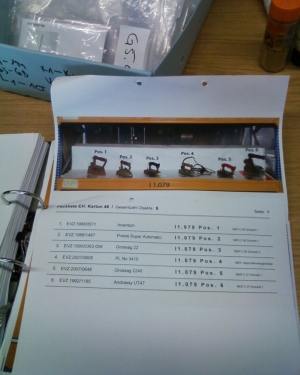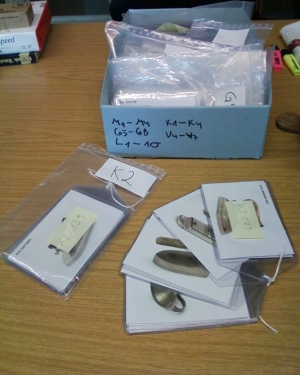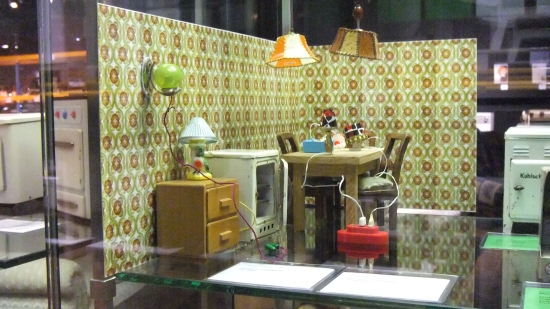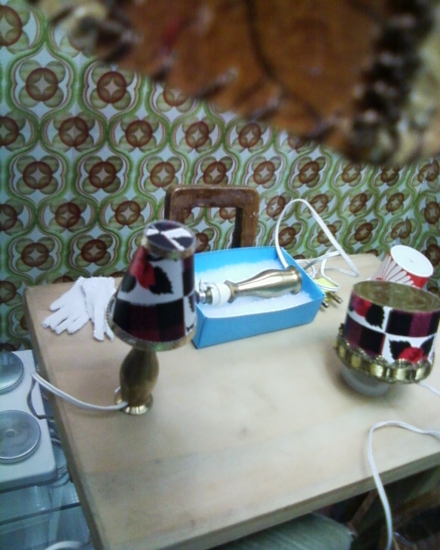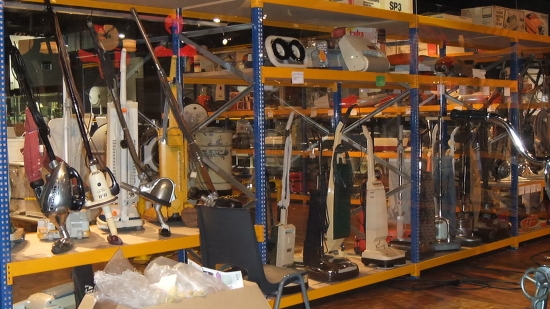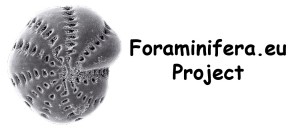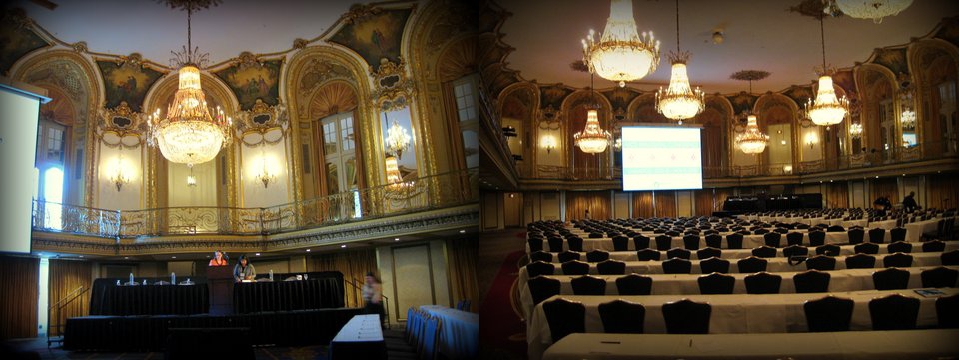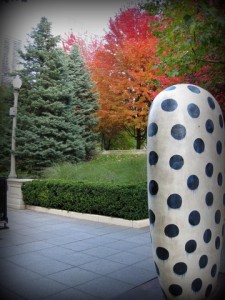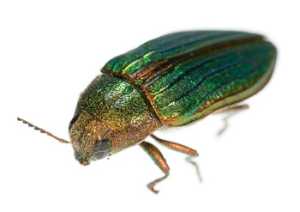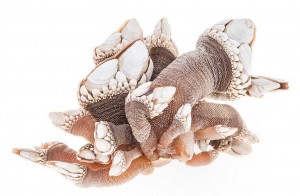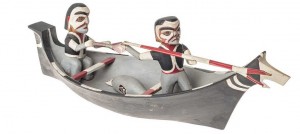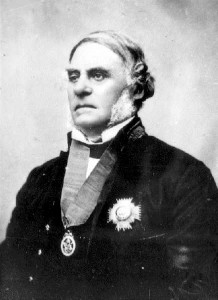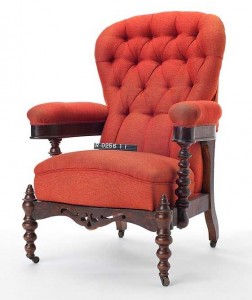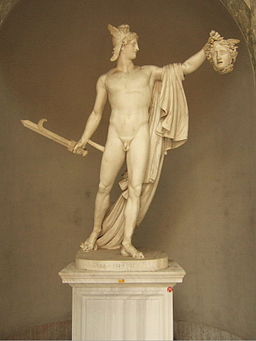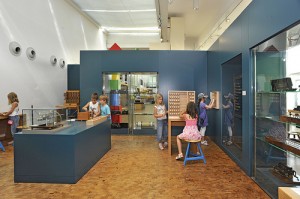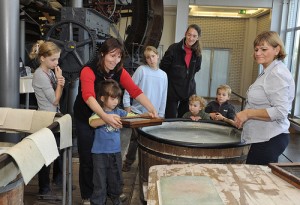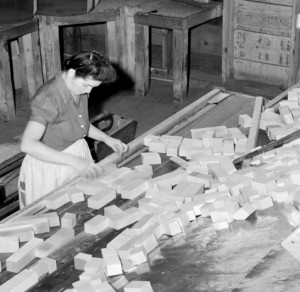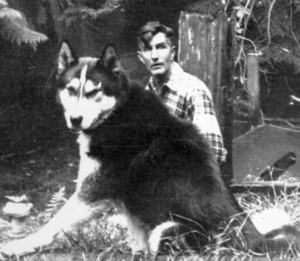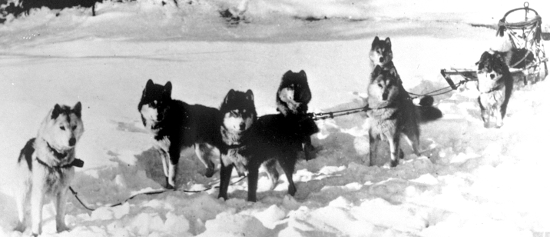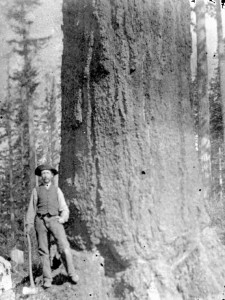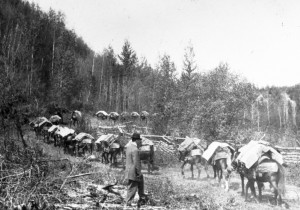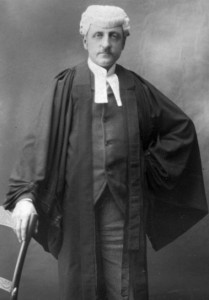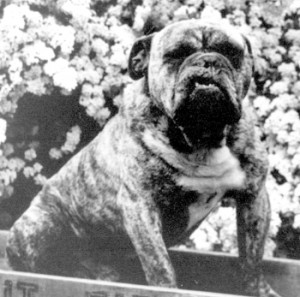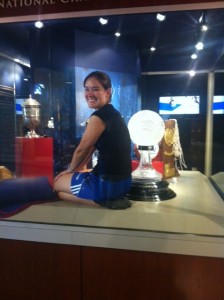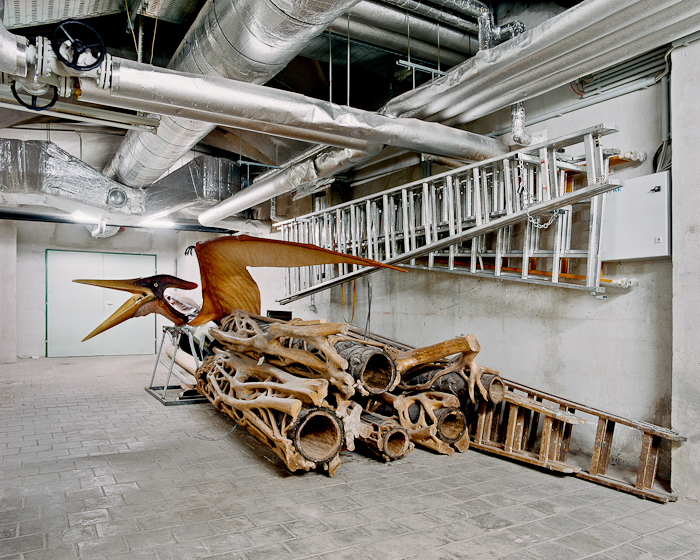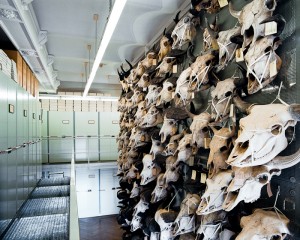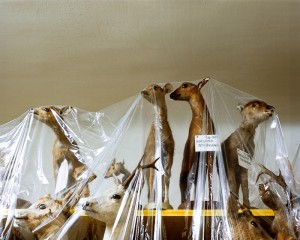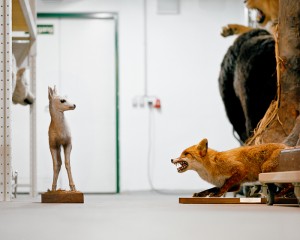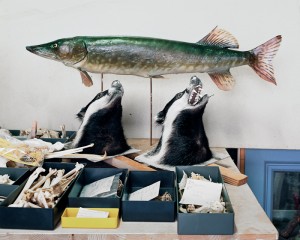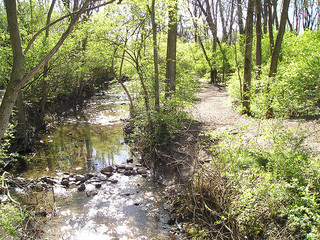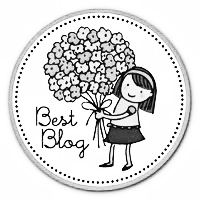 It’s dangerous to be on twitter. Recently, Tanja Praske from KULTUR-MUSEO-TALK threw a blog stick at me. I had to look it up first but now I take it with white gloves and answer her questions:
It’s dangerous to be on twitter. Recently, Tanja Praske from KULTUR-MUSEO-TALK threw a blog stick at me. I had to look it up first but now I take it with white gloves and answer her questions:
Who are you? What excites you about your job?
I’m many. No, I’m not schizophrenic, but Registrar Trek is a joint project with four permanent authors, many guest authors and at the moment 36 translators. The range goes from the Canadian collection manager to the Russian marketing expert who lives in Bulgaria to the press officer in Simbabwe. I take the liberty to answer your questions as Angela Kipp, co-founder and administrator of the project.
I’m the collection manager of the TECHNOSEUM in Mannheim/Germany. It might sound trite, but what excites me most about my job is the diversity of tasks. One day you organize the shipping of a huge, fragile machine, the next you wonder how to store 400 little magnetic traffic signs that once belonged to a driving school. Our collection contains about 170,000 artifacts and to safeguard that nothing gets damaged and everything is stored properly, efficient and retrievable is a Sisyphean task, to put it in a positive way: a life’s work.
Registrar Trek is a private project where I act out my passion for writing and new media. As a positive professional side effect it helps socializing with colleagues who work in collections management or related fields around the world.
How long have you been planning for your current exhibition/project? What was the biggest challenge and how did you solve the issue?
Oh, that’s not an easy one to answer. We who are working in the museum storage are the logistical backbone for a great deal of activities in a museum, that’s why many tasks and projects run parallel. Recently, we opened the exhibition “The Collection 2: The Electrical Household”. Despite the general opinion this doesn’t mean that the work on the exhibition is done. Now we are clearing the way for the artifacts to come back, which means reorganizing spaces so when we take down the exhibition the artifacts can come to their storage places quick and the whole process runs smoothly. The faster we manage the dismantling of this exhibition, the more buffer time we create for the installation of the next exhibition “Herzblut” (“heart blood”, in Germany a term also used for commitment) about medical history.Both exhibitions use mainly artifacts from our own collection, this means also that both exhibition teams have/had to work parallel in the storage area. Logically, no object should be confused with another or – worse – disappear. Much more artifacts are sighted than are used in the final exhibition. All database entries must be checked and corrected if necessary, most of the time they also need a picture.
Many objects need to be treated by conservators before they can be photographed which means one more transport. One can roughly imagine how many object moves there are if you know that there are 1750 artifacts exhibited in “Collection 2” and there will be at least 200 artifacts published in the exhibition catalog for “Heart Blood” alone, not to mention the whole exhibition… Needless to say that there is our normal everyday work of acquisitions and loaning to other museums.The main challenge is to keep track of everything in this gigantic game of Tetris. If work flow and documentation is organized smoothly, a burst pipe on the special exhibition area like we had it this time can be treated relaxed as a minor incident.
What is the smallest artifact in your collection?
It’s probably a grammophone needle. They are only about one centimeter long and very thin. The respective containers are already so small that I can balance eight of them in the palm of my hand (not that I recommend this from an arthandling point of view!).Is there an odd story/experience concerning and artifact/exhibition? Tell us about it. It can be an strange object, too.
Oh, there are tons of stories… Talking about “creative packaging”: There was a donation to our museum, the artifact doesn’t matter here. It was in a box and when we opened it, the first thing we saw were trash bags, the ones you get for free in Mannheim to collect plastics for recycling. Anyway, those bags were filled with cut out caps from milk bags. Probably they should form a flexible cushion. The artifact itself was wrapped in a bath mat. The kind that are cut out like an U to put them in front of the toilet. Obviously, this mat was historical too, and hadn’t seen a washing machine before changing its intended use…
Do you have a favorite artifact? Why?
Which artifact was the last one treated by a conservator and why?
Currently there are many artifacts treated for “Heart Blood”. Cleaning measures included we speak about hundreds of artifacts that are treated by our team of conservators. I remember especially the “Blaue Heinrich” (might be known as “Blue Henri” or “Blue Peter” in English speaking countries), a blue bottle used as a spittoon for people suffering tuberculosis. This might sound familiar to all of you who read “The Magic Mountain” by Thomas Mann. For we weren’t sure if there was still infectious material inside it had to be sanitized by a conservator. Guess that’s one of the things you don’t really think about when deciding to study conservation…
What’s the significance of your blog for your museum?
We are not a blog of the TECHNOSEUM, they have their own blog at http://www.technoseum-blog.de (worth a look!), that’s why Registrar Trek has no “official” significance. But of course my work inspired one article or the other, we have some faithful readers among our staff and the international network is helpful in many aspects of everyday work.
Do you have a favorite blogpost? If so, why?
Again asking a grandmother for her favorite grandchild… maybe “The Museum Registrar as Loans…” by Derek Swallow where he names the different professions a registrar has to be while he is involved with a loan – from juggler to legal associate. It’s a great article over all but I especially like the pictures he chose from the archives.
What does culture mean to you?
Culture is very important to me. But I’m not thinking about museums, theaters, opera, the so called “high culture”, in the first place, but culture in a more general meaning of the word, the everyday culture, how we interact as human beings. I find it thrilling to learn about different cultures. You don’t have to go abroad or look at people with migration background. It’s totally sufficient to look at our own surroundings. How much a culture exemplified by television is copied in everyday life. How it influences the language, the clothes, the wishes, for example. I think it’s very rewarding to observe this and to question it. For example many colleagues and friends from North America are surprised when I tell them what we think is “typical American”. The caricature transported by American TV series is not very far from the German as Nazi with leather trousers. To find parallels and differences in other cultures and think about the own culture – or maybe better: cultures – is very exciting.
If you “have an affair” with other cultural venues, what do you do?
I go to other museums and look what I would have done differently. Not fair, but fun. Apart from that I’m so surrounded by culture at my work that I prefer nature in my private life.
You got three wishes, what do you wish for?
1. Health for me and my family, I don’t know how you count, maybe all three are gone now but if not so…
2. Financial security for the rest of my life
3. The third wish I give to anyone desperately needing a wish
Phew, I’ve done it!
Now whom to throw the stick? Most outstanding blogs I can think of already got the #BestBlog Award. But I found one that is definitely worth it: the German/Russian/English Blog “Museum, Politics and Power” http://museumspoliticsandpower.org/ Duck and cover, Katrin, Linda and the others I haven’t known until now, here are your questions:
1. How did you come up with the idea of this blog?
2. How is the collaboration organized despite of the language barriers?
3. What projects are you working on?
4. Which blog entry stirred your emotions?
5. Which blog entry had the most outreach?
6. Which museum blogs do you like especially?
7. Which exhibition you found outstanding recently?
8. Which recent museum trends are interesting?
9. If you could found a museum as team of “Museum, Politics & Power” and you had all the money in the world …what would be the topic?
10. …which three artifacts definitely belong in the exhibition?
11. …where would it be?
And now?
As far as I understood the game:
– Answer the eleven questions. You may bend them to your convenience.
– Put the BestBlog picture in there and link to the blog that awarded you or link to the article of the one who threw the stick.
– Create eleven new questions and ask them ten other bloggers (it can be less than ten).
Would be great to post a comment with the link as soon as you answered my questions.
Have a great week, all!
Angela
